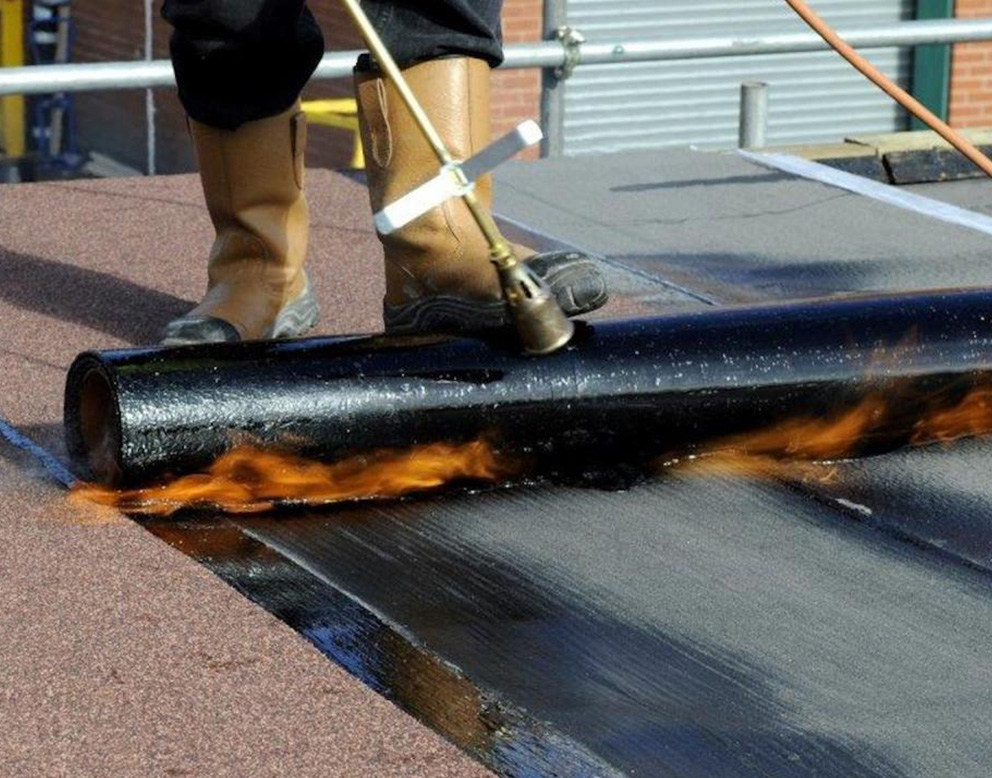MEMBRANE
The term "membrane" can be used in a variety of contexts but generally refers to materials used for waterproofing or moisture barrier purposes in construction and industrial applications. Here are some common membrane types and their uses:
Waterproofing Membranes: Waterproofing membranes are used to prevent water leakage in wet areas of buildings such as roofs, terraces, bathrooms and kitchens. These membranes are flexible and waterproof sheets usually made of various polymeric materials.
Roof Membranes: These are special types of membranes used to waterproof the roofs of buildings. They are generally polymer based and flexible.
Bituminous Membranes: Bituminous membranes are a common type of membrane used for waterproofing. They have a two or three layer structure and are generally used for roof and floor waterproofing.
Adhesive Membranes: Self-adhesive membranes are the preferred option for waterproofing that does not require hot air or heavy equipment during application. The adhesive layer is applied directly to the surface after removing the protective film under the membrane.
Vapor Barriers: Vapor barriers are used to prevent the passage of moisture in the interior of buildings, especially on walls and ceilings. This helps prevent moisture damage indoors and increases building efficiency.
Air Barriers: Air barriers are used to limit air flow from the outside environment. They are used to increase the energy efficiency of buildings and ensure indoor comfort.
Geotextile Membranes: These are membranes that have high durability and are used in ground stabilization, erosion control and drainage systems.
Gas-tight membranes: Gas-tight membranes used in the chemical industry or underground facilities prevent the spread of gases underground.
